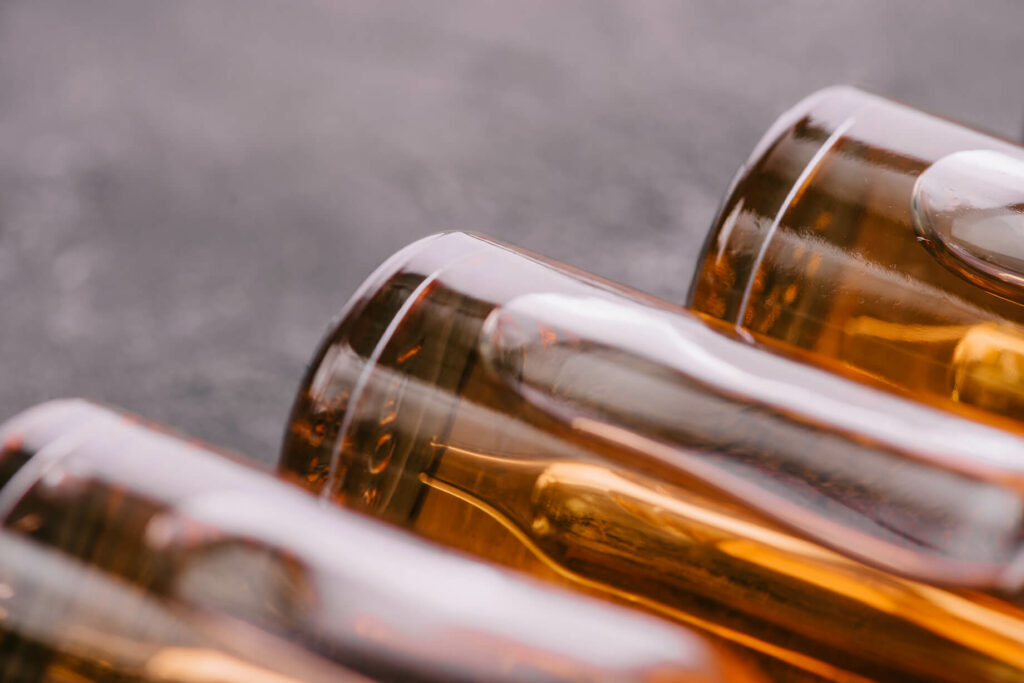Supercritical fluid extraction (SFE), particularly using supercritical CO2 extraction equipment, is revolutionizing the food and beverage industry by delivering high-purity, natural extracts with unparalleled efficiency. Unlike traditional methods like steam distillation or solvent extraction, CO2 extraction machines offer a clean, sustainable way to isolate flavors, aromas, and functional ingredients from raw materials such as spices, fruits, and grains. This technology leverages carbon dioxide in its supercritical state—above its critical temperature (31.1°C) and pressure (73.8 bar)—to produce residue-free extracts that meet consumer demand for clean-label products. This article explores how supercritical CO2 extractors are transforming food and beverage production, highlighting key applications, benefits, and future potential.
The Mechanics of Supercritical CO2 Extraction
A CO2 extractor operates by transforming carbon dioxide into a supercritical fluid, which combines liquid-like density with gas-like diffusivity. This allows supercritical CO2 extraction machines to penetrate raw materials deeply, selectively extracting compounds like essential oils, antioxidants, or lipids without heat damage or solvent residues. By adjusting pressure and temperature, operators can target specific molecules: low pressures (100-150 bar) isolate volatile flavors, while higher pressures (up to 350 bar) extract heavier compounds like fats.
The closed loop CO2 extractor recycles up to 95 percent of CO2, making it eco-friendly and cost-effective at scale. This sustainability, combined with compliance to FDA and EU food safety standards, positions CO2 extraction systems as a preferred choice for food-grade applications. While the supercritical CO2 extraction machine price can be significant, the long-term savings from reduced solvent use and premium product quality justify the investment.
Key Applications in Food and Beverage
Flavor Extraction: Elevating Culinary Arts
Supercritical CO2 extractors are reshaping flavor production by delivering concentrated, true-to-source extracts. For example, in the craft beer industry, CO2 extract machines isolate alpha acids and essential oils from hops, enhancing bitterness and aroma without the off-flavors caused by thermal degradation in traditional methods. A 50-liter supercritical CO2 extraction system can process 25 kg of hops per batch, yielding extracts that ensure consistent brews for large-scale breweries.
Spices like black pepper or cardamom benefit similarly. CO2 extraction equipment captures piperine or cineole at higher purity than solvent-based methods, preserving delicate aroma profiles for sauces, seasonings, or beverages. These extracts command premium prices in gourmet markets, where clean-label authenticity drives sales.
Functional Ingredients: Boosting Health Benefits
The demand for functional foods- products with added health benefits—is soaring, and supercritical fluid extraction equipment is at the forefront. For instance, omega-3 fatty acids from algae or fish oil are extracted using CO2 extraction machines, ensuring no solvent residues compromise safety. The low-temperature process of a C02 extraction machine preserves heat-sensitive nutrients, making it ideal for antioxidants like lycopene from tomatoes or astaxanthin from microalgae.
Coffee decaffeination is another success story. Supercritical CO2 extraction machines remove caffeine while retaining flavor compounds, unlike solvent methods that strip aroma. A CO2 extraction system can process 100 kg of coffee beans per batch, meeting the needs of global roasters while aligning with clean-label trends.
Natural Colorants and Preservatives
Supercritical CO2 extractors are also used to produce natural colorants and preservatives. Anthocyanins from berries or beta-carotene from carrots are extracted with CO2 extract machines, delivering vibrant, stable colors for beverages and confections without synthetic additives. These extracts enhance shelf life and visual appeal, catering to consumer preferences for natural ingredients.
Benefits Driving Industry Adoption
Purity and Quality
CO2 extraction equipment produces extracts free of residual solvents, a critical advantage in a market where consumers scrutinize ingredient lists. For example, vanilla extract from a supercritical CO2 extractor retains vanillin at 95 percent purity, compared to 80 percent with ethanol extraction, elevating product quality for premium desserts.
Sustainability
The environmental benefits of closed loop CO2 extractors are significant. Recycling CO2 reduces waste, and the process consumes less energy than steam distillation for equivalent yields. This aligns with global sustainability goals, making supercritical CO2 extraction systems attractive to eco-conscious brands.
Versatility and Scalability
From small-batch CO2 extraction machines for sale for artisanal producers to industrial supercritical CO2 extraction equipment for multinational corporations, the technology scales seamlessly. A 5-liter CO2 extractor suits boutique spice processors, while a 200-liter system handles high-volume coffee decaffeination. Modular designs allow businesses to expand capacity without overhauling infrastructure.
Regulatory Compliance
CO2 extraction systems meet stringent food safety standards, including FDA GRAS (Generally Recognized as Safe) and EU food additive regulations. This ensures extracts are suitable for global markets, reducing compliance costs for manufacturers.
Challenges and Considerations
Adopting supercritical CO2 extraction machines comes with hurdles. The CO2 extraction machine price can be a barrier for small businesses, though leasing models are emerging to address this. Operating high-pressure systems requires trained personnel, and maintenance of closed loop CO2 extractors—particularly seals and pumps—demands regular attention to avoid downtime. Energy consumption for large-scale supercritical fluid extraction equipment can also be significant, though per-kg costs decrease with scale.
Choosing the right equipment size is crucial. A CO2 extract machine mismatched to production needs can lead to inefficiencies, so manufacturers must align throughput (e.g., 10 kg/hour for mid-sized operations) with market demand.
Case Studies: Real-World Impact
A craft brewery in Oregon adopted a 20-liter supercritical CO2 extractor to process hops, achieving 90 percent alpha acid recovery compared to 75 percent with traditional methods. This boosted beer consistency and reduced raw material use by 20 percent, enhancing profitability. Similarly, a European coffee roaster scaled from a 10-liter C02 extraction machine to a 100-liter CO2 extraction system, cutting decaffeination costs by 30 percent while maintaining flavor integrity.
In contrast, a startup using a mismatched 200-liter supercritical CO2 extraction machine for small-batch spice extraction faced underutilization, highlighting the need for pilot testing before scaling.

Future Trends and Opportunities
The future of supercritical CO2 extraction equipment in food and beverage is bright. AI-driven controls are optimizing extraction parameters, potentially increasing yields by 15 percent. Hybrid systems combining CO2 extract machines with ultrasound or microwave assist are enhancing efficiency, particularly for tough matrices like seeds or peels.
Sustainability innovations, such as bio-based CO2 sources, are reducing environmental impact, aligning with consumer and regulatory demands. The global functional food market, projected to grow significantly by 2030, presents opportunities for supercritical fluid extraction equipment to produce novel ingredients like plant-based proteins or polyphenols.
Emerging applications include extracting natural sweeteners from stevia or monk fruit, where CO2 extraction machines deliver high-purity glycosides without bitter aftertastes. As clean-label trends intensify, supercritical CO2 extractors will play a central role in meeting consumer expectations.
Conclusion: A Flavorful, Sustainable Future
Supercritical CO2 extraction equipment is transforming the food and beverage industry by delivering pure, sustainable, and versatile extracts. From hop oils for craft beer to omega-3s for functional foods, CO2 extraction systems enable producers to meet rising demand for natural products. Despite challenges like supercritical CO2 extraction machine price and operational complexity, the technology’s scalability and eco-friendly credentials make it a cornerstone of modern food processing. By investing in CO2 extract machines, businesses can unlock new flavors, enhance product quality, and lead the charge toward a greener, tastier future.




